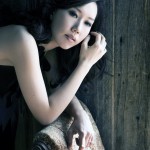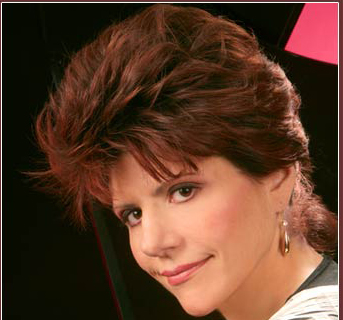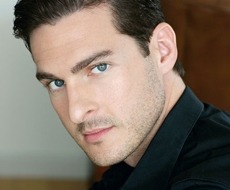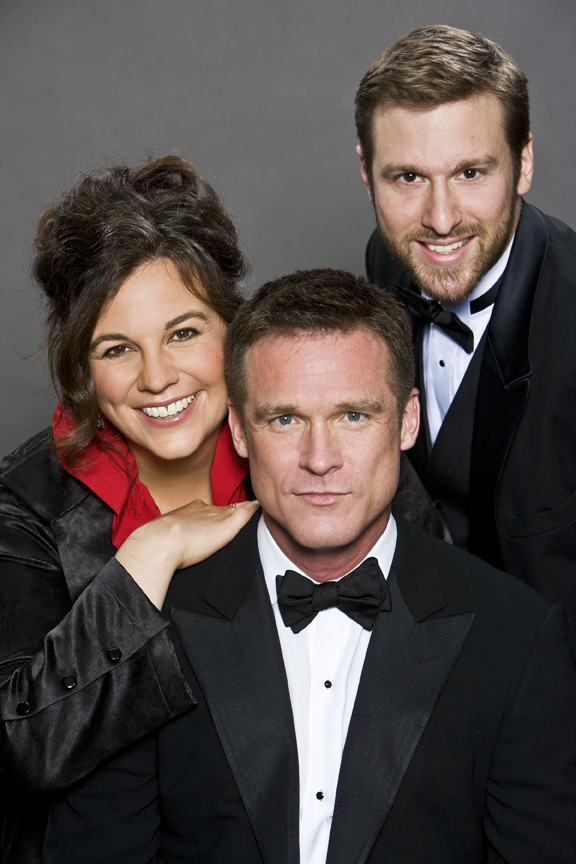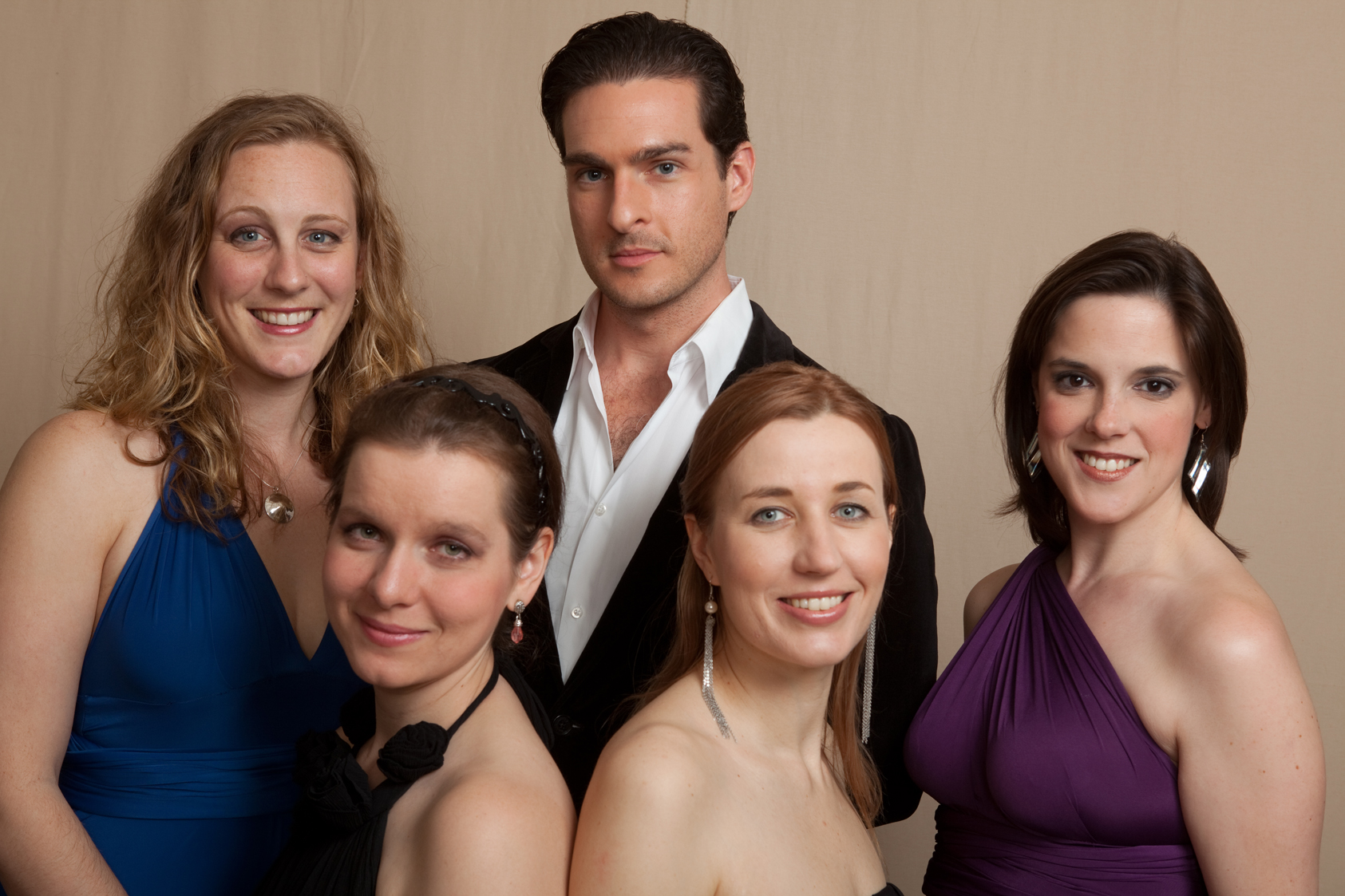There was a buzz in the air preceding this concert. Was this just an excited audience of friends and colleagues, or was there something about the pianist I didn’t know? My curiosity was peaked. And just a few moments into Young-Ah Tak’s New York debut recital, one realized that something special was happening; we were in the presence of an extraordinary pianist. The program began with a brilliant performance of Muzio Clementi’s Sonata in B-flat Major, Opus 24, No. 2. Here we first heard the characteristics which were to make this a most memorable recital – crystal–clear articulation of rapid passages, beautifully phrased legato melodies, note–perfect octaves. Even the trills, sparkling and energetic, were notable. As you read on, you will see that I was very, very, very impressed by every aspect of Ms. Tak’s playing. But although I want this to be considered a rave review, I must chide her for not repeating the exposition of the first movement of Clementi’s sonata. This repeat is not ad libitum, and leaving it out trivializes the movement, upsets the balance and distorts the structure. I urge her to think about this when performing similar movements in the future.
Next we heard the New York premiere of Judith Lang Zaimont’s “Wizards – Three Music Masters.” Commissioned in 2003 as the required work in the San Antonio International Piano Competition, it is a work which exploits many aspects of pianistic color. Even though—to this listener—this piece was just another example of a 20th/21st century work in which one has no idea why one note follows the other, Ms. Tak’s playing was so convincing that I was sure she was playing exactly what was written in the score. Ms. Zaimont could not have asked for a better performance.
This was followed by scintillating performances of Liszt’s delightful transcriptions of two Schubert songs, “Gretchen am Spinnrade” and “Ständchen von Shakespeare.” Although I would have liked a bit more rhythmic clarity in the left–hand accompaniment of “Gretchen am Spinnrade,” Ms. Tak easily mastered the more difficult Lisztian virtuosic additions to both songs. What fun! The first half ended with a convincing performance of Leon Kirchner’s Piano Sonata No.1 (1948).
The entire second half was devoted to Schubert’s Piano Sonata in C Minor, D.958. Of three magnificent piano sonatas written in the last year of the composer’s all too short life, this dark and strange work is the least performed. And what a pleasure it was to hear Ms. Tak’s superlative rendition. Instead of writing a rhapsodic paragraph, I think my reaction will be made clearer if I just quote from the notes I took during the performance:
First movement: clear left-hand accompaniment during the second theme – so difficult ravishing pp (pianissimo) scales again didn’t repeat exposition
Second movement: singing legato melody with clear rhythmic accompaniment – beautiful!
Third movement: danced, great tension during silences
Fourth movement:thrilling!
After prolonged and well-deserved applause, Ms. Tak’s encore was a mesmerizing performance of Schubert’s Impromptu, Opus 90, No. 3. This was a recital I will long remember.

